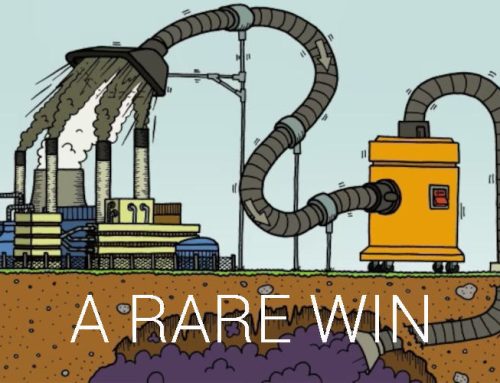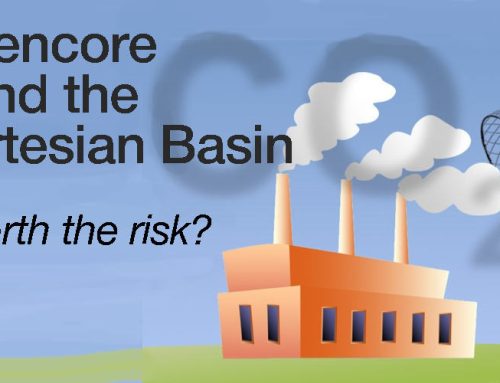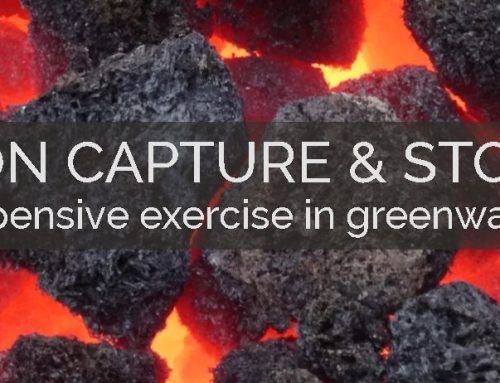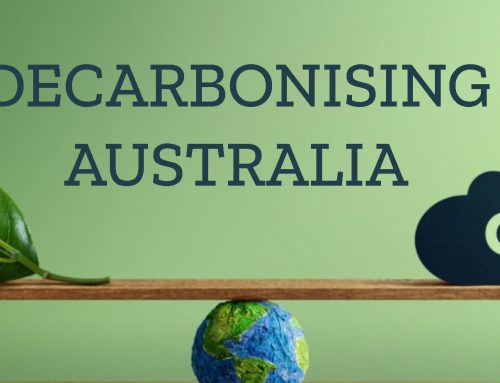CARBON CAPTURE & STORAGE
FICTION OR FACT?
Author: Robert Watson
rocky@rockflat.com.au
Keywords:Carbon Capture and Storage, subsidies, royalties, Chevron, Gorgon gas field, CCS, Barrow Island, Moonie gas field
CARBON CAPTURE & STORAGE – FICTION OR FACT? | 30th October 2021
Carbon capture and storage and Carbon Capture & Sequestration (CCS) referred to in this article are the anthropogenic or man-made processes and technologies for capturing carbon from the atmosphere by artificial means as opposed to naturally occurring carbon capture and sequestration.
The CCS process involves capturing the CO2 (carbon dioxide) from the coal burning, compressing and liquefying it, and pumping the liquid into suitable layers of rock in the Earth. Suitable layers of rock means porous rock types such as some igneous rock, coal layers, quite a large number of sedimentary rock types, and the porous reserves of previously exploited hydrocarbons.
The best case scenario for sequestration is 90% – as I said best case. So even with 90% sequestration, there is still 10% of the carbon escaping into the atmosphere, and despite extensive research, I am yet to find a CCS project that even approaches 90% sequestration.
The Australian Government and particularly the Minister for Energy and Emissions Reduction Angus Taylor, has been very busy promoting CCS as part of the so-called “clean coal technology” and part of the solution for Australia to reach zero emissions by 2050. In September 2020 on ABC Radio National, Taylor was asked about the reliability of CCS by Fran Kelly. As seems now the norm for coalition members, Taylor did not answer the question directly, instead saying Australia has the “biggest carbon capture and storage project in the world”, as though that is evidence that the technology is working. Not so Mr. Taylor, not for the first time, you are wrong! Carbon sequestration is not clean energy technology, and despite many billions of dollars being spent on the technology worldwide, it really does not do the job.
Taylor was right about one thing, Australia does have the largest CCS facility in the world at this stage. Taylor didn’t say that the facility in question, Chevron’s gas facility on Barrow Island is also Australia’s only major CCS facility.
Reading a bunch of figures can be tedious and somewhat boring, however the following figures show just how wrong Taylor is, and how the smooth, fast-talking Taylor and his verbose boss Morrison are able to make us think that the problem of getting our emissions down will be easy.
The Gorgon gas project’s environmental approval by the WA Government stated that between 3.4 and 4 million tones of CO2 would be captured from the gas emitted from the plant EACH YEAR. This seemed a reasonable provision given that Chevron boasted that between 5.5 and 8 million tonnes of captured CO2 would be stored underground in the first 2 years of operation. This claim was obviously made before the Chevron process was properly tested as it took from 2016 until 2019 to even get the technology working at all and full operation was not expected until 2020. Despite this, Chevron started operating their gas processing facility in 2016.
So let’s look at some figures from “biggest carbon capture and storage project in the world”. In the 2016-17 reporting period Gorgon emitted over 7.7 million tones of CO2, 9 million tonnes in the 2017-18 reporting period, and 8.9 million tonnes in 2018-19 – that’s over 25 million tonnes so far!
Earlier in 2020 the WA Government, who had originally given Chevron a $60 million grant to assist with technology, insisted that Chevron must capture and inject at least 80% of emissions from the facility from 2016 for 5 years. Chevron argued to begin sequestration in 2018, but to no avail.
As of late 2020 Chevron estimates the facility will eventually capture a maximum of 40% of emissions – fullstop! That’s a huge drop from the 80% originally proposed and agreed to meaning there are now millions of tonnes of CO2 being emitted and not trapped every year of operation.
On paper, Chevron had the “perfect” setup for carbon sequestration at Barrow Island. A suitable geological structure close to the facility, thereby requiring minimal transport of the liquefied carbon, and a supportive government, yet the project has not been a success.
Had Chevron’s Gorgon sequestration facility been able to process 80% of CO2, thereby emitting the remaining 20% to the atmosphere, it should still not have been considered a success. As it is, with likely emissions of about 60% CO2 to the atmosphere, it should be considered a failure. Taylor will have to do better than that if he insists on arguing for technology that will do little to reduce greenhouse gas emissions, instead of embracing and showing some genuine support for some of the clean energy solutions that are available.
As a final note on the carbon sequestration technology, even when the geology is suitable and the facility close by, this technology is still questionable. Do we have time to perfect carbon sequestration that is not even a clean energy technology in order to help keep the fossil fuel industry in business? I think not.
SOURCES
ABC Science environment reporter Nick Kilvert | Carbon Capture & Sequestration , Mann & Kump





